Information Technology
What is this Service?
Municipal Information Technology divisions plan, build and sustain the technology and information environments that support municipal service delivery.
Business and IT leaders and staff collaborate to develop portfolios of initiatives in alignment with the overall strategic goals of their organization, and meeting the service delivery objectives of each line of business. The IT service portfolio lists and describes the IT organization’s services with their explicit value proposition to the consumers.
Specific objectives include:
- Providing reliable, secure service to residents, businesses and municipal staff across multiple channels including counter, call-centre and the wired and mobile internet
- Developing and supporting information and technology infrastructure
- Establishing best practices to monitor the efficacy of service delivery results and make solutions flexible enough to meet future demands
Influencing Factors:
- Devices: The device numbers and types could be influenced by the types of services provided and or organizational culture.
- IT Services: The type of IT services provided may vary from one municipality to another, i.e. does IT include GIS, Telecommunications, etc.
- Organizational Form: The extent to which IT services are centralized or decentralized can influence reported results, i.e. services may also be contracted out, directly impacting FTE levels.
- Municipal Topology: The physical territory covered within the municipal boundaries and associated resident density can influence technology delivery mechanisms and associated costs.
- Additional Information: Cost measure results may vary from previous years and between municipalities that are able to obtain the full costs of decentraized IT goods and services. Decentralized goods and services refer to IT costs that are outside of the IT department’s budget. Total IT costs = IT operating costs + amortization.

